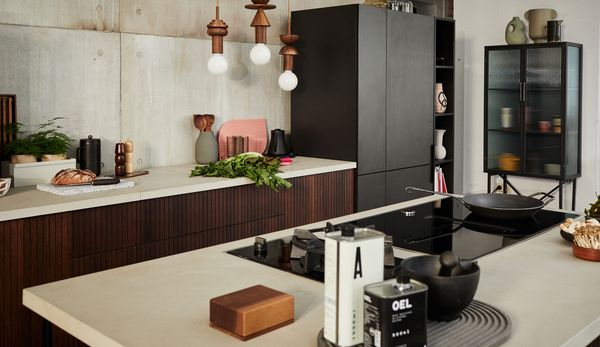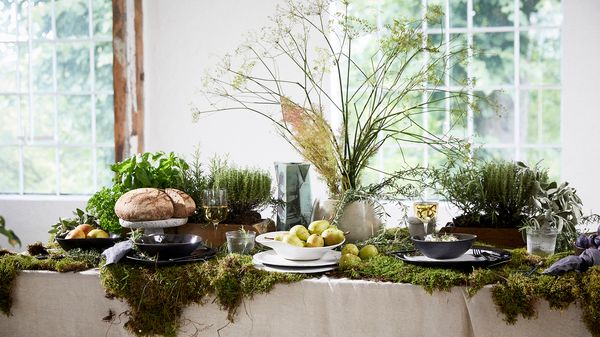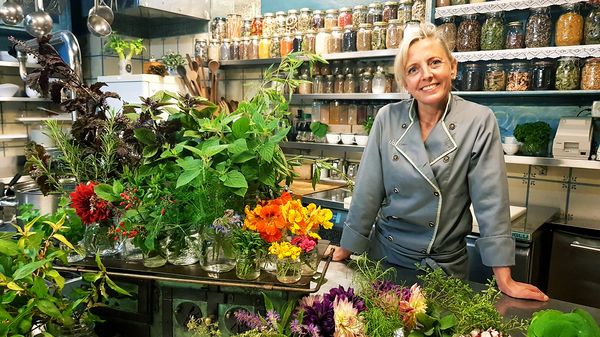From using local produce to avoiding food waste, there are many ways to be more sustainable in the kitchen. Sustainable thinking can also be applied to kitchen design: whether you are looking to plan a completely new kitchen or are looking for ways to upgrade your old kitchen, we have some tips and ideas to make it more sustainable.

Materials
Could you upcycle your existing furniture to create a fresh new look? Sometimes the existing cabinetry can be reused and you could just replace the doors for a fresh new look. You can also integrate sustainable materials in your kitchen by using for example local renewable wood or recycled materials. In our Sustainable Kitchen you see here, we have reused existing steel cabinetry and added fronts made from a combination of birch plywood and an ash face veneer, two woods that originate in Europe, where this particular kitchen was photographed. The use of quality wood gives a well-loved and well-used kitchen much needed longevity.
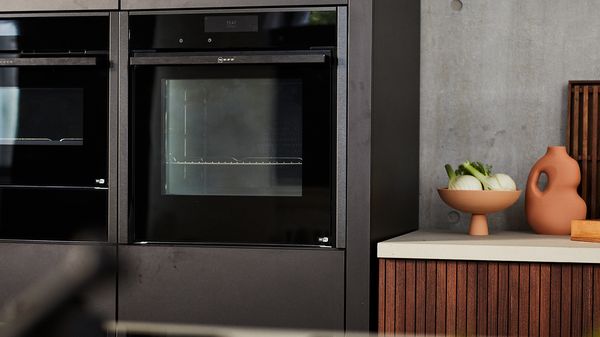
Energy consumption
When planning a new kitchen and you are including new appliances, look out for energy ratings of the appliances in question. The good news is that appliances have been getting more and more efficient in recent years. In addition to energy ratings, it also pays off to look at the functions of your new appliances. When it comes to ovens for example, NEFF has a feature called CircoTherm®, which means that you can cook three dishes on three levels at the same time without intermingling flavours. Therefore, it’s absolutely no problem to cook chocolate muffins, vegetables and a delicious seabass all at once. That means you can reduce your cooking time and electricity consumption at the same time. Lastly, don’t forget lighting: choosing the right lighting will make sure you can create the right atmosphere but also presents an opportunity to be more energy efficient.

We suggest: NEFF CircoTherm®
NEFF CircoTherm® - our smart hot-air solution for simultaneous baking and roasting on several levels.
Find out more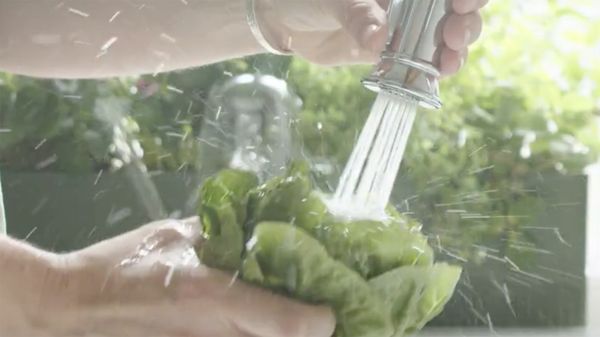
Water consumption
Did you know that you could save water by installing an aerator as part of your tap? The right home appliances can also help reduce water consumption. Using a NEFF dishwasher for example, uses less water than doing the washing up by hand (study by Prof. Rainer Stamminger, University of Bonn, 2006). There are also special eco programs that mean dishwashers use less water and less electricity.
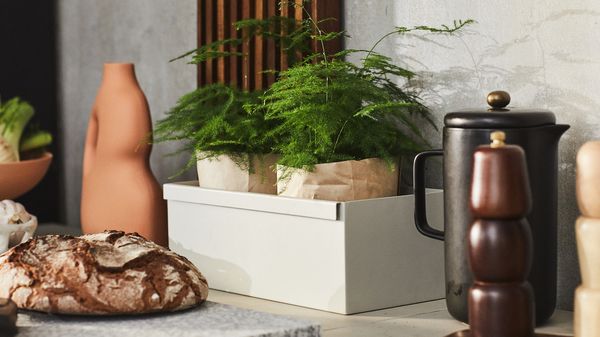
Plants
Some say houseplants make a house a home. But they are not only pleasing on the eye, they can also clean the air in your home, a quick internet search will reveal which locally available plants are the best air purifying companions to look out for. Another way to bring fresh plants into your home is by growing fresh herbs in your kitchen. They also stay fresh longer than buying cut herbs from the supermarket. So having your own little herb garden is both a convenient and eco-friendly option.
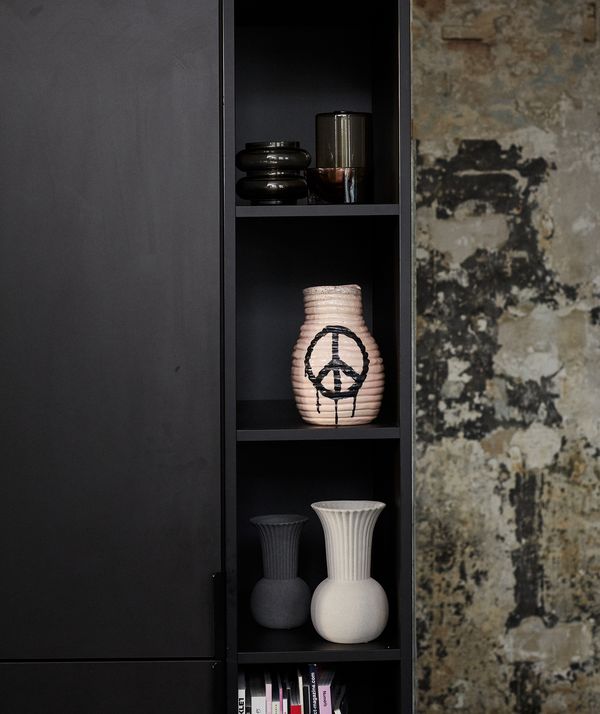
Décor
When it comes to decorating, there are some great sustainable brands you could incorporate into your style. If you like the look of our kitchen you can see the full list of accessories suppliers we used:
- Pendal lights, vase and stool by Schneid Studio. Schneid Studio prides itself on honest partnerships with local artisans, the use of materials from natural sources and a holistic sustainable mindset.
- Cutting board by Wye. It is dishwasher safe, handmade and zero waste.
- Kitchen towel by Aspegren, Denmark, made of 100% cotton or 100% linen.
- Smiley vase by Heike Mende who ensures water consumption as low as possible for all clay designs, especially during glazing with all materials.
- Butter dish by Thomas Reithofer. For three generations, wood has been shaped in the workshop of Thomas Reithofer's workshop and each of his products are handmade with care.
- Frying pan by Florian Aberl. Florian stands for life-long loyalty and flexibility of use. He believes quality is key in driving sustainability.
